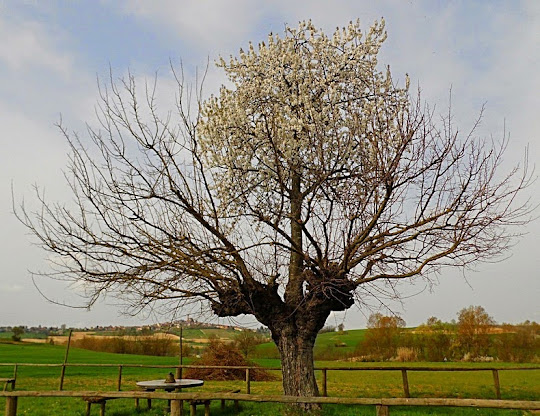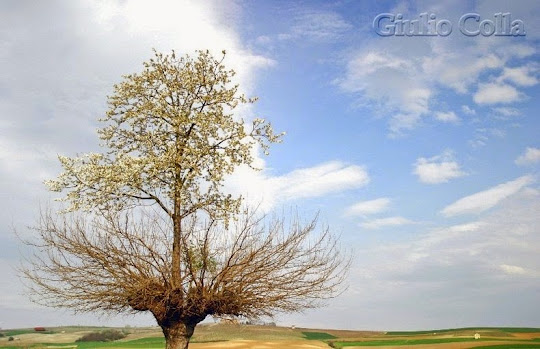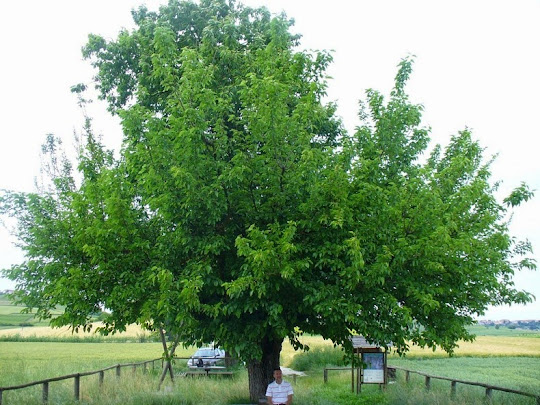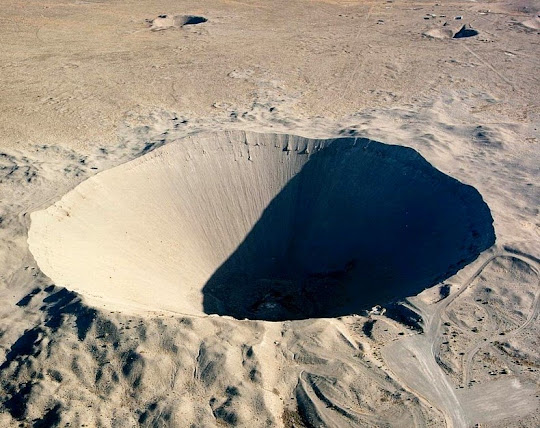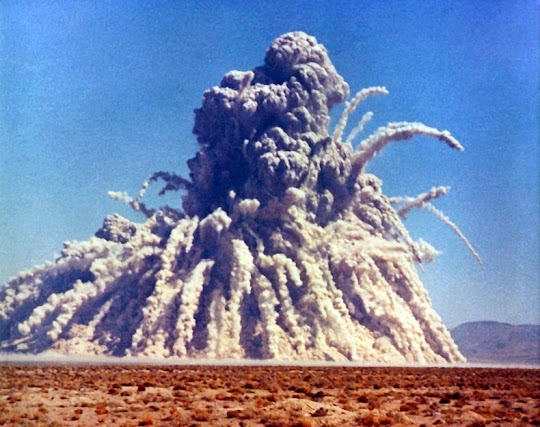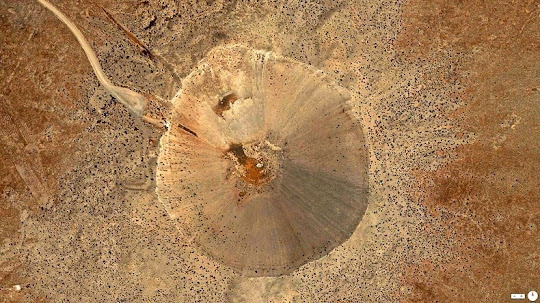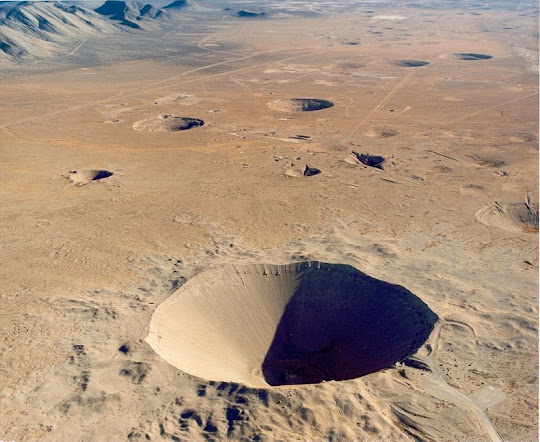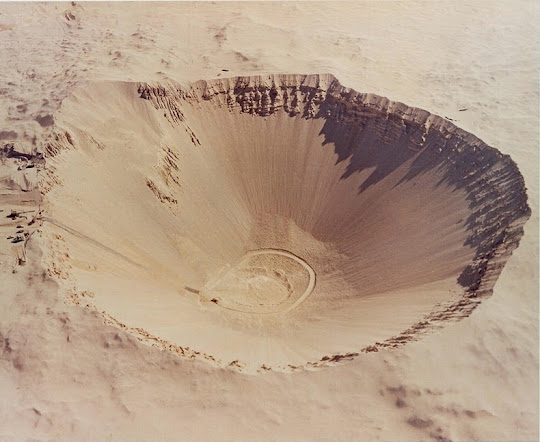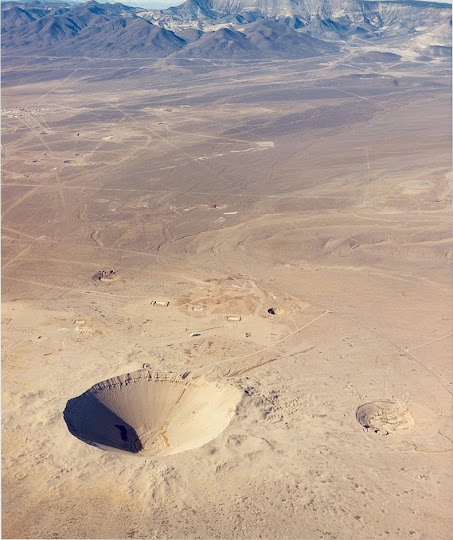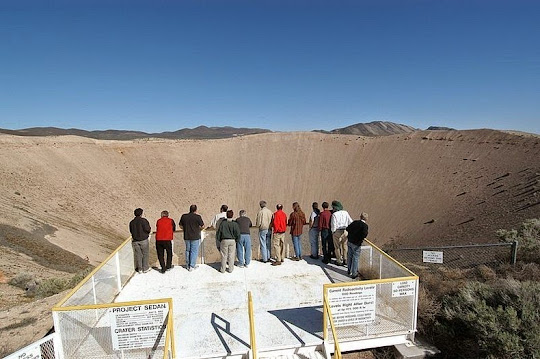During the hey days of Cold War, the Soviet started blowing up nukes all over northeastern Kazakhstan to investigate the possibility of using nuclear power for peaceful construction purposes such as moving earth, creating canals and reservoirs, drilling for oil and so on. The tests were carried out under the banner of “Nuclear Explosions for the National Economy”. This was the Soviet version of “Operation Plowshare” – a similar program devised by the U.S.
Having borrowed the terrible idea from the U.S., the Soviet program got underway in vigor and ended up being many times larger than the U.S. Plowshare program both in terms of the number of applications explored with field experiments and the extent to which they were introduced into industrial use. While the U.S. conducted 27 tests before realizing it was a bad idea and terminated the program in 1977, the Soviets continued right up to 1989 during which as many as 156 nuclear tests were conducted.
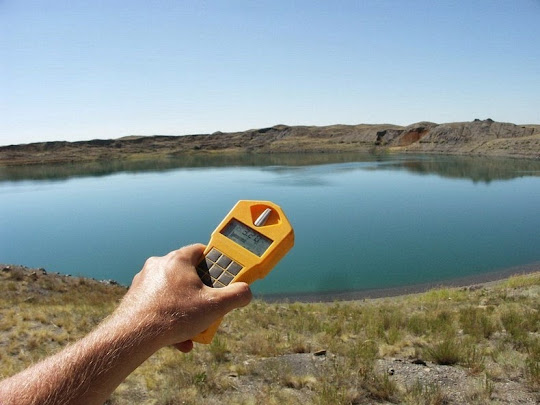
One of the better known tests is the January 1965 test at Chagan, on the edge of the Semipalatinsk Test Site in Kazakhstan. The Chagan test was designed to test the suitability of nuclear explosions for creating reservoirs. It was the first and largest of all detonations carried in the Nuclear Explosions for the National Economy program. A 140 kiloton device was placed in a 178 meter deep hole in the dry bed of the Chagan River so that the crater lip would dam up the river during periods of high flow. The blast created a crater 400 meters across and 100 meters deep with a lip height of 20 to 38 meters. Later, a channel was cut into the crater allowing it, and the reservoir behind it, to fill up with water.
The reservoir, known informally as Lake Chagan, still exist today in substantially the same form. The water continues to be radioactive - about 100 times more than the permitted level of radionuclides in drinking water, though 100-150 meters away dose levels were at background level. At that time of its creation, the Soviet government was proud of Lake Chagan. They made a film with the Minister of the Medium Machine Building Ministry, the one responsible for the entire Soviet nuclear weapons program, taking a swim in the crater lake and water from it was used to feed cattle in the area.
It was estimated that some 20% of the radioactive products from the Chagan test escaped the blast zone, and were detected over Japan. This infuriated the USA for violating the provisions of the October 1963 Limited Test Ban Treaty, which banned atmospheric tests. The Soviets replied that it was an underground test and the quantity of radioactive debris that escaped into the atmosphere was insignificant. After several subsequent interactions, the matter was eventually abandoned
Also see:
Sedan Nuclear Crater in Nevada Test Site, based on which the Chagan test was conducted.
Video of the nuclear test that created Lake Chagan.
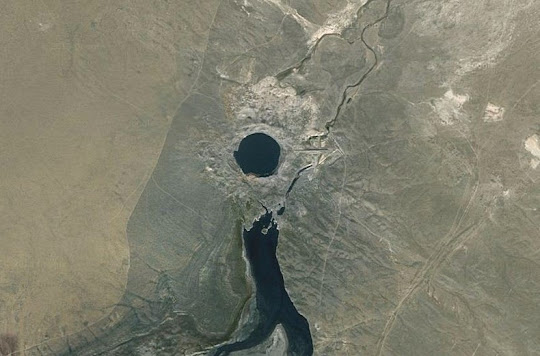
Satellite picture of Lake Chagan (the circular crater) and the reservoir (below).

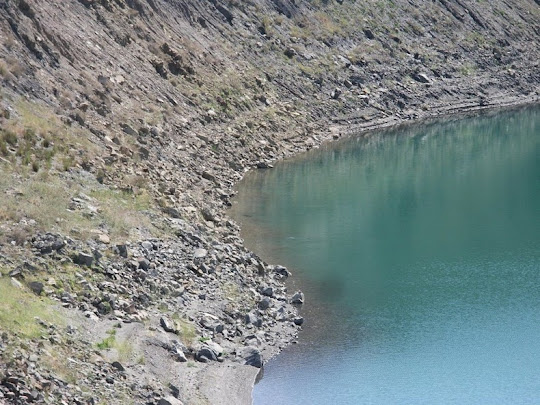
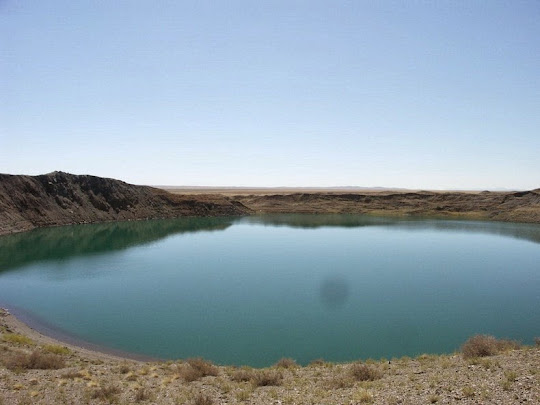 Source
Source